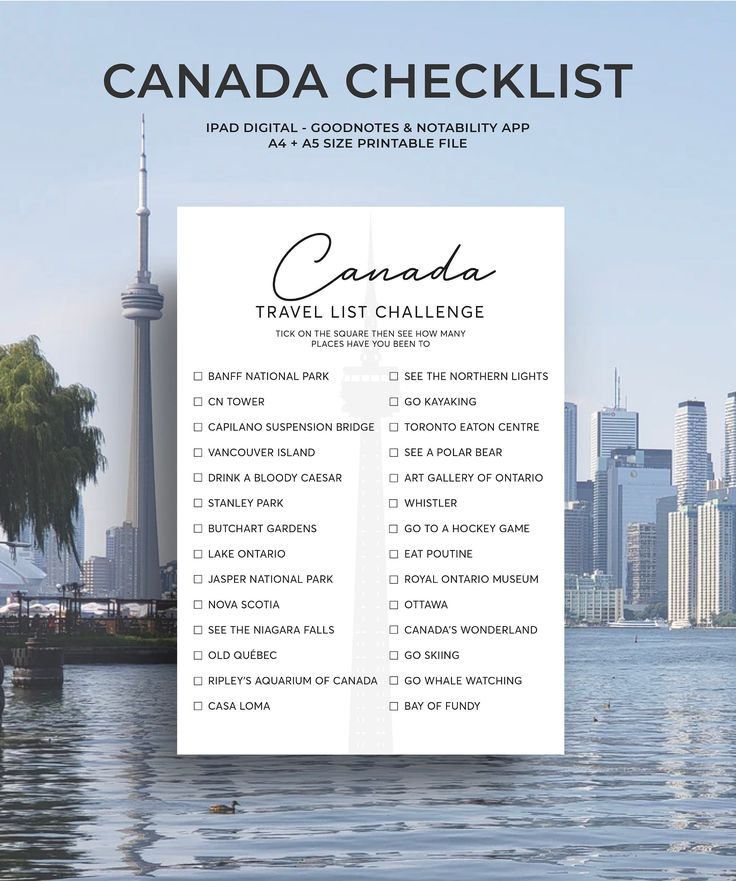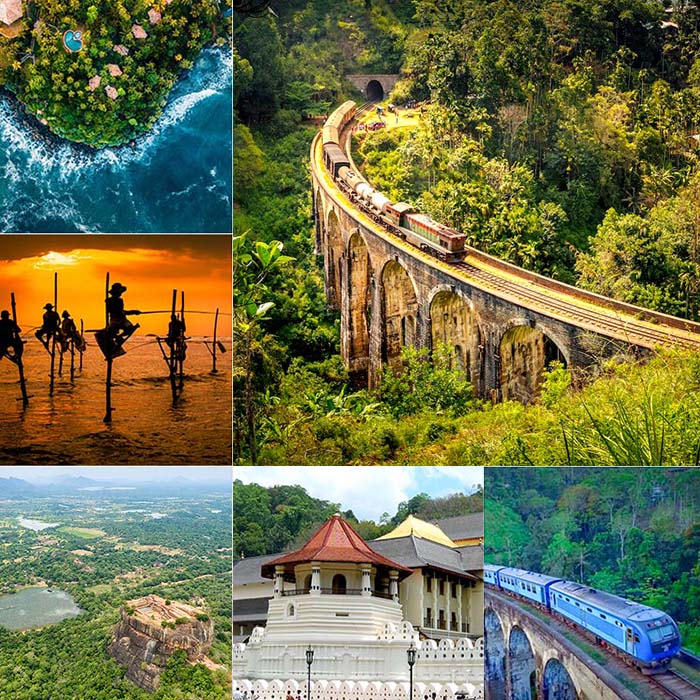
Discovering South Korea’s Diverse Charms
South Korea’s allure lies in its remarkable contrasts. Here, towering skyscrapers stand alongside ancient palaces, and vibrant K-Pop culture thrives amidst tranquil Buddhist temples. The country boasts four distinct seasons, each painting the landscape with a unique beauty, from cherry blossoms in spring to fiery foliage in autumn. Understanding this diversity is key to appreciating the rich tapestry that is South Korea, making it a truly unique destination for global explorers.
Seoul: A Dynamic Metropolis of Tradition and Innovation
As the capital city, Seoul is often the first stop for many visitors, and for good reason. This sprawling metropolis is a pulsating hub of culture, technology, history, and entertainment. It’s where you can witness the future while simultaneously stepping back into a glorious past.
Iconic Seoul Attractions to Explore
Seoul offers an overwhelming array of sights, catering to every interest. These are some of the must-visit spots that capture the city’s essence:
- Gyeongbokgung Palace: The grandest of the Five Grand Palaces built during the Joseon Dynasty. Don’t miss the changing of the guard ceremony, a colorful spectacle. Renting a hanbok (traditional Korean dress) for photos here is a popular and fun activity.
- Myeongdong: A shopper’s paradise and a mecca for street food enthusiasts. From high-end fashion to quirky K-beauty products, and an endless array of delicious snacks, Myeongdong is an energetic sensory overload.
- Namsan Seoul Tower: Perched atop Namsan Mountain, this iconic landmark offers panoramic views of the entire city. It’s a popular spot for couples, known for its ‘love locks’ and romantic ambiance.
- Hongdae: Famous for its vibrant youth culture, indie music scene, street art, and trendy cafes. It’s a fantastic place to experience Seoul’s contemporary artistic side and enjoy lively nightlife.
- Bukchon Hanok Village: Nestled between Gyeongbokgung and Changdeokgung palaces, this traditional Korean village allows you to wander through narrow alleys lined with beautifully preserved hanok houses, offering a glimpse into historical Seoul.
Essential Seoul Travel Tips for First-Timers
Navigating a city as vast as Seoul can be daunting, but with a few tips, you’ll be exploring like a local:
- Transportation: The Seoul subway system is incredibly efficient, extensive, and easy to use, with English signs and announcements. Purchase a T-Money card for seamless travel on subways and buses.
- Best Time to Visit: Spring (April-May) for cherry blossoms and autumn (September-October) for vibrant foliage offer pleasant weather. Summers can be hot and humid, while winters are cold but offer unique festive experiences.
- Food Recommendations: Don’t leave Seoul without trying kimchi stew (kimchi jjigae), Korean BBQ, bibimbap, tteokbokki (spicy rice cakes), and street food like gyeranppang (egg bread).
- Accommodation: Areas like Myeongdong and Hongdae are popular for their central location and lively atmosphere. Insadong is great for cultural experiences, while Gangnam offers upscale options.
Busan: Coastal Beauty and Vibrant Culture
South Korea’s second-largest city, Busan, offers a refreshing contrast to Seoul’s urban intensity. This bustling port city is renowned for its beautiful beaches, fresh seafood, mountainous terrain, and unique cultural villages.
Must-Visit Spots in Busan, South Korea
Busan blends natural beauty with urban charm, making it a compelling destination.
- Haeundae Beach: One of Korea’s most famous beaches, perfect for sunbathing, swimming, and enjoying the lively atmosphere. The area around the beach is also packed with restaurants, cafes, and hotels.
- Gamcheon Culture Village: Often dubbed the "Machu Picchu of Busan," this colorful hillside village is a former slum transformed into an artistic hub. Wander through its labyrinthine alleys adorned with vibrant murals and art installations.
- Jagalchi Fish Market: South Korea’s largest seafood market, offering an authentic glimpse into local life. You can pick out fresh seafood and have it prepared on the spot in one of the many restaurants.
- Beomeosa Temple: Nestled on the slopes of Geumjeongsan Mountain, this ancient Buddhist temple provides a serene escape from the city’s hustle and bustle, showcasing stunning traditional architecture.
Navigating Busan: Practical Travel Advice
To make the most of your Busan adventure, consider these practical tips:
- Getting Around: Busan also has an excellent subway system, complemented by buses. A T-Money card works here too. Taxis are readily available for longer distances or late-night travel.
- Seafood Tips: Be adventurous! Try unique local delicacies at Jagalchi Market. Most vendors are friendly and willing to help you choose.
- Best Views: For incredible panoramic views of Busan, head up to Busan Tower in Yongdusan Park or explore the scenic coastal walks like the Taejongdae Resort Park.
Jeju Island: South Korea’s Volcanic Paradise
For those seeking natural beauty and a tranquil escape, Jeju Island, a UNESCO World Heritage site, is an absolute must-visit. Often called the "Hawaii of Korea," this volcanic island is famous for its unique geological formations, pristine beaches, and lush landscapes.
Unforgettable Jeju Island Destinations
Jeju’s natural wonders are its biggest draw, promising breathtaking scenery at every turn.
- Hallasan National Park: Home to South Korea’s highest mountain, Hallasan, a dormant volcano. Hiking to the summit offers spectacular views, but there are also shorter, less strenuous trails.
- Seongsan Ilchulbong Peak (Sunrise Peak): Another UNESCO site, this tuff cone was formed by a volcanic eruption underwater. It’s a popular spot to watch the sunrise, offering dramatic coastal views.
- Manjanggul Cave: One of the finest lava tunnels in the world, stretching over 7 kilometers. Visitors can explore a portion of this impressive natural wonder, marveling at its unique formations.
- Jeongbang Waterfall: One of the few waterfalls in Asia that plunges directly into the ocean. It’s a picturesque spot, especially during high tide.
Jeju Travel Tips for an Idyllic Escape
Planning your trip to Jeju requires a slightly different approach than the mainland cities:
- Renting a Car: While public transportation exists, renting a car is highly recommended for exploring Jeju at your own pace, especially if you plan to visit multiple attractions across the island. International driving permits are required.
- Weather Considerations: Jeju can experience strong winds and sudden weather changes. Pack layers and check the forecast regularly, particularly if you plan to hike.
- Local Delicacies: Don’t miss trying Jeju Black Pork (Heukdwaeji), a local specialty known for its rich flavor. Seafood dishes, especially abalone, are also highly recommended.
- Accommodation: Options range from luxury resorts along the coast to charming guesthouses and pensions inland. Seogwipo and Jeju City are popular bases.
Gyeongju: The Ancient Capital’s Historical Riches
Step back in time by visiting Gyeongju, often referred to as "the museum without walls." This city was the capital of the Silla Kingdom for nearly 1,000 years, and its historical treasures are scattered across its picturesque landscape, earning it UNESCO World Heritage status.
Exploring Gyeongju’s UNESCO Heritage Sites
Gyeongju offers an immersive journey into Korea’s ancient past, with well-preserved relics and serene temple grounds.
- Bulguksa Temple: A masterpiece of Buddhist art and architecture from the Silla Kingdom. Its intricate wooden structures and stone pagodas are truly awe-inspiring.
- Seokguram Grotto: A stunning artificial cave temple containing a monumental Buddha statue, considered a prime example of classical Buddhist art in East Asia. It offers a tranquil spiritual experience.
- Donggung Palace and Wolji Pond (Anapji Pond): A beautiful royal palace site and artificial pond that served as a banquet hall for the Silla royalty. It’s particularly magical when illuminated at night.
- Cheonmachong Tomb (Heavenly Horse Tomb): One of the largest Silla tumuli, it’s open to the public, allowing visitors to see ancient artifacts and learn about Silla burial practices.
Gyeongju Travel Advice for History Buffs
To fully appreciate Gyeongju’s historical significance, keep these tips in mind:
- Cycling Around: Many of Gyeongju’s attractions are relatively close, making cycling a popular and enjoyable way to explore the city, especially around the historical parks.
- Accommodation: Consider staying in a traditional hanok guesthouse for an authentic cultural experience. Many are located near the historical sites.
- Pace Yourself: There’s a lot to see. Plan your itinerary to avoid rushing, allowing ample time to soak in the history and beauty of each site.
Incheon: Gateway to South Korea and More
While often seen merely as the location of South Korea’s main international airport, Incheon is a vibrant city with its own unique attractions and a rich history. It serves as an excellent starting or ending point for your Korean adventure, offering more than just airport transit.
Beyond the Airport: Incheon’s Hidden Gems
Don’t just pass through Incheon; take some time to explore its distinct character.
- Chinatown: Korea’s only official Chinatown, established in 1883. It’s famous for its vibrant atmosphere, delicious Chinese-Korean fusion dishes like Jajangmyeon (black bean noodles), and colorful gates.
- Wolmido Island: A popular seaside amusement park and cultural street, offering arcade games, carnival rides, and scenic views of the ocean. It’s a fun escape, especially for families.
- Songdo International City: A futuristic "smart city" built on reclaimed land. It boasts impressive modern architecture, a Central Park reminiscent of New York’s, and cutting-edge urban planning.
Smart Travel Tips for Incheon Explorers
Making the most of your time in Incheon is easy with these pointers:
- Airport Access: Incheon International Airport (ICN) is incredibly well-connected to Seoul via the Airport Railroad Express (AREX) and various bus services. It’s quick and efficient.
- Day Trip Potential: Incheon is easily accessible from Seoul, making it a perfect day trip destination if you have extra time or a long layover.
- Food Focus: Beyond Jajangmyeon, explore the fresh seafood at the coastal markets.
Essential General Travel Tips for South Korea
Regardless of where you go in South Korea, some general advice will make your trip smoother and more enjoyable. These insights cover practicalities that every traveler should know.
Planning Your South Korea Adventure: Key Insights
From getting around to understanding local customs, these tips are crucial for a hassle-free trip.
- Visa Requirements: Check the visa policy for your nationality well in advance. Many countries have visa-free entry for short stays.
- Currency and Payment: The local currency is the Korean Won (KRW). Credit cards are widely accepted, but it’s good to carry some cash for street food vendors or smaller shops. T-Money cards are essential for public transport.
- Language Basics: While English is spoken in major tourist areas, learning a few basic Korean phrases like "Annyeonghaseyo" (Hello), "Gamsahamnida" (Thank you), and "Juseyo" (Please give me) will be greatly appreciated.
- Internet Access: Staying connected is easy. Consider renting a portable Wi-Fi egg, purchasing a local SIM card, or using an eSIM for convenient internet access throughout your trip.
- Etiquette: Bowing is a common greeting and sign of respect. Remove your shoes before entering homes, some restaurants, and temples.
- Safety: South Korea is generally very safe, even at night. However, always be aware of your surroundings. Emergency numbers are 112 for police and 119 for fire/ambulance.
Best Time to Visit South Korea for an Optimal Experience
Choosing the right time to visit can significantly enhance your travel experience, as South Korea experiences four distinct seasons, each with its unique charm.
Seasonal South Korea Travel Considerations
Each season offers a different facet of South Korea’s beauty and activities.
- Spring (March to May): This is arguably the most popular time to visit, as the country bursts into bloom with cherry blossoms, azaleas, and canola flowers. The weather is mild and pleasant. However, it can also be crowded and accommodation prices may be higher.
- Autumn (September to November): Another highly recommended season, characterized by crisp air and stunning fiery foliage. The weather is comfortable for outdoor activities and sightseeing. Like spring, it’s a popular time, so book in advance.
- Summer (June to August): Summers are hot and humid, with a monsoon season typically in July. Despite the heat, it’s popular for beach holidays, particularly in Busan and Jeju. Many festivals also take place during this period.
- Winter (December to February): Winters are cold and dry, especially in the northern regions. It’s ideal for skiing and snowboarding in resorts like Pyeongchang. Cities are beautifully decorated for the holidays, and you can enjoy hearty winter dishes.
Ultimately, the best time depends on your personal preferences and the activities you plan to pursue.
South Korea truly offers a rich tapestry of experiences, from the futuristic cityscape of Seoul to the tranquil beaches of Busan, the volcanic wonders of Jeju, and the historical depths of Gyeongju. By utilizing these complete travel tips, you’ll be well-prepared to navigate its vibrant culture, savor its incredible cuisine, and explore its breathtaking landscapes. So, pack your bags, embrace the adventure, and discover why South Korea is a destination that captivates the hearts of travelers worldwide. Your unforgettable journey awaits!






